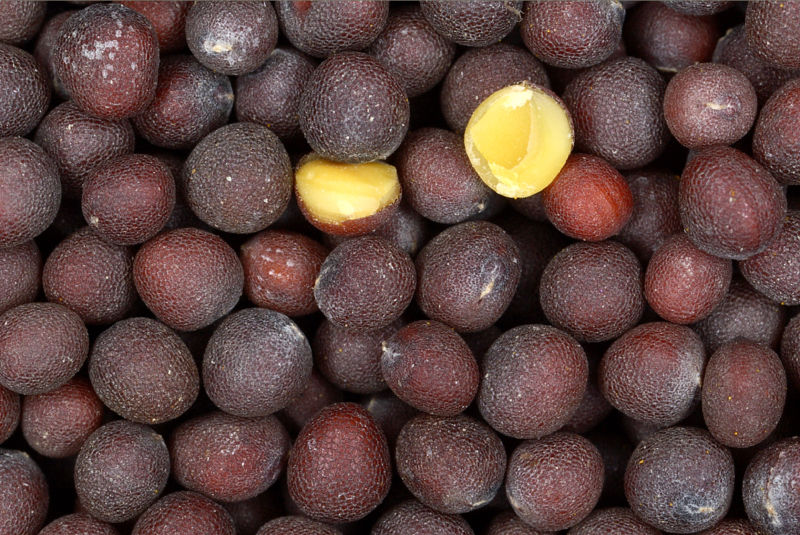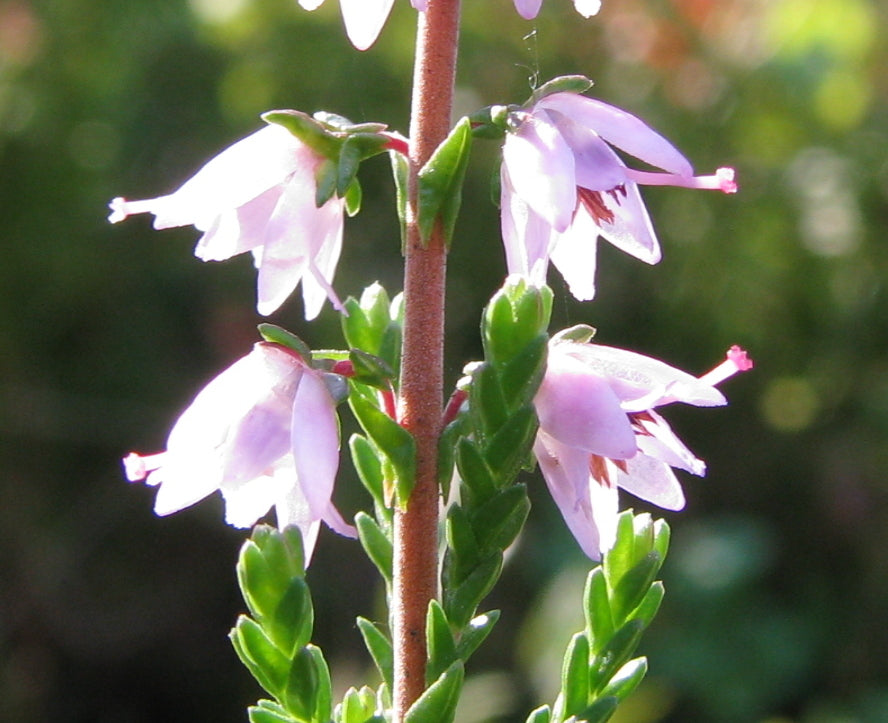
Wild Edible Of The Week - Week 25 - "Black Mustard"
Botanical name : Brassica Nigra
Common names : Black Mustard,

Physical appearance : A tall green/grey annual, growing up to a metre in height. It has stalked leaves and the lower leaves are lobed and bristly. It produces small flowers which are generally brightly yellow couloured.

Edible parts : The black mustard seeds provided by this plant have been used in cooking for thousands of years. Valued for its spicy kick.
Best places to find : Most readily found on wasteland, having propagated from cultivated crops.
Time of year : Best harvested from late August to October

Serving suggestions : The seeds are crushed and mixed with vinegar to produce fine mustard. Young mustard leaves are also a nice addition to salads.
Other recipes : Sprinkle on bread dough before cooking. Adds a nice crunch and flavour to a loaf. Also nice when sprinkled on top of cheese or mixed into a chutney.
NB - Please be sure you know what you are picking. Many plants look similar to one another and many can be poisonous! Please seek professional instruction if you are unsure! Don't risk your life!!!
Photos courtesy of:
Sanjay Acharya via GNU Free Documentation Licence
Pancrat via GNU Free Documentation Licence
Anro0002 via GNU Free Documentation Licence


